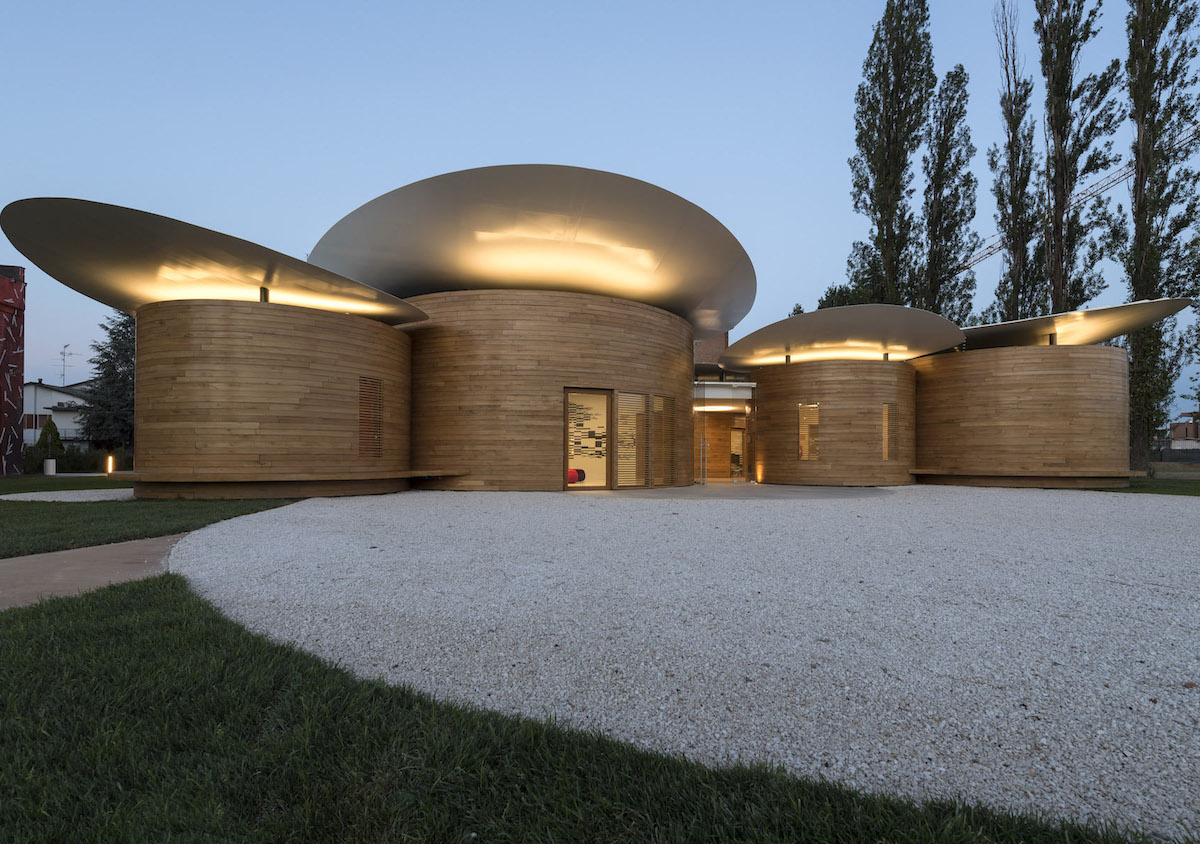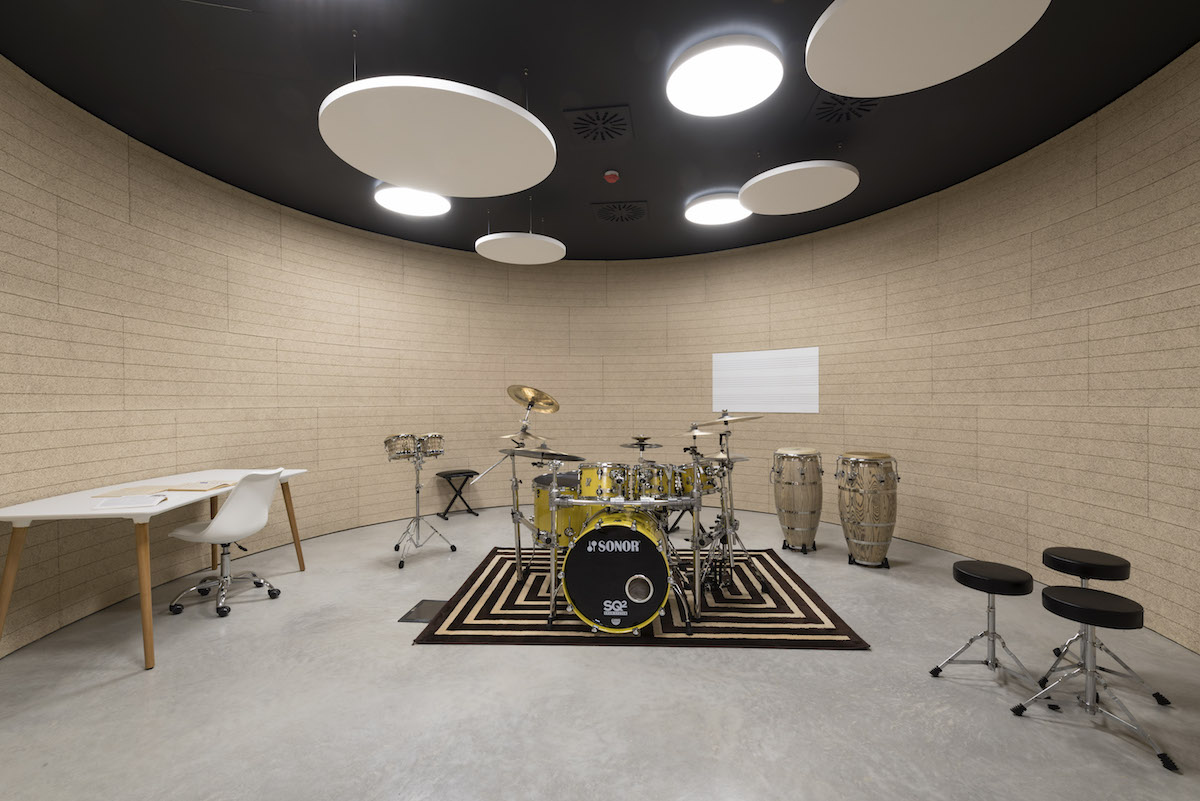Submitted by Francesca Cuoghi
The House of Music that becomes a landmark of delight by Mario Cucinella Architects
Italy Architecture News - Mar 30, 2018 - 02:21 19579 views

There is a tiny village just a few kilometers from Bologna, the city of university, excellent food and porticos that host a supreme school of music designed by the architectural practice Mario Cucinella Architects. The name of this little town is Pieve di Cento.

The House of Music of Pieve di Cento was born out of the desire to create structures and spaces suitable for two programs: concert promotion and musical teaching in the municipality: the Music Society of Pieve and a Middle School with musical emphasis.
The architectural language is inspired by the musical tradition rooted in the city, resulting in a building comprising various independent elements, not unlike the “instruments" in an orchestra which collectively enhance the whole.

The reference to musical instruments is also achieved through the choice of oak wood paneling, which wraps exterior and interior and permits - as in the bodies of the instruments - the containment and amplification of sound.

The building consists of 9 small circular music laboratories, linked by a "piazza" that acts as a distribution space and becomes a place for sharing and dialogue among young musicians. This central area is also intended for ensemble music and small rehearsals.

The House of Music is a space that can be used at any time of the day: a gathering space for the community, not only those in the music field. At night it appears to the people as a constant and comforting "lantern" to encourage the resumption of musical and recreational activities in the aftemath of the earthquake.

The buildings have load-bearing masonry structure, useful for its high thermal inertia and a sound insulation. The ventilated facade cladding, formed with curved oak slats, guarantees excellent energy performance and gives the building a striking architectural quality. The design pays particular attention to the acoustics of interior spaces through materials and strategies for reducing reverb. An autonomous system for each classroom guarantees flexible use of spaces at all hours of the day.
All images © Moreno Maggi
